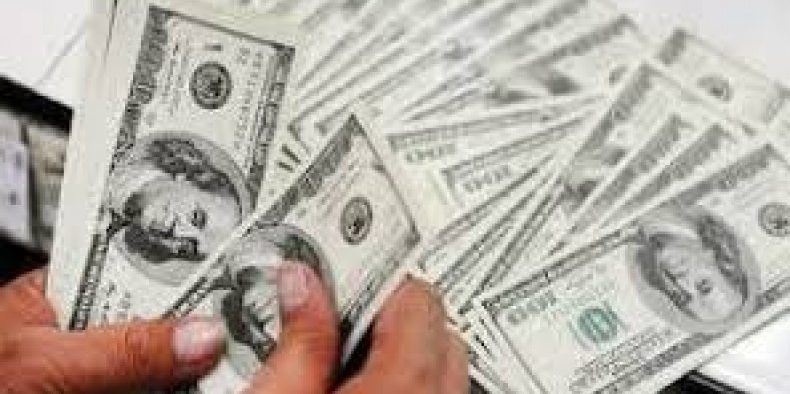Bangladesh Reserve hits $42b amid low import payments

The foreign exchange reserve of Bangladesh stood at $42 billion on Tuesday due mainly to low import payments and moderate export earnings amid the COVID-19 outbreak.
Steady remittance earnings also played a vital role in filing up the reserve of Bangladesh since March 8, 2020 when the coronavirus outbreak set in, a senior Bangladesh Bank official told New Age.
In one and a half months, the country’s reserve reached $42 billion from $41 billion on October 29.
The accumulated reserve of the country has surged by $9 billion since June this year, breaking the previous record of reserve of $33 billion.
Along with Bangladesh, the foreign exchange reserve of many other countries has been on the rise since the outbreak of coronavirus due mainly to stagnation in trade and investment.
Amid a surge in foreign exchange reserve in Bangladesh, prime minister Sheikh Hasina on July 6 instructed the central bank to consider whether the government could take loans from the foreign currency reserve in the BB for development projects.
A business group has initiated a move to take loans from the country’s foreign exchange reserve, drawing criticisms among economists and bankers.
The amount of remittance hovered at $2 billion each month in July-November of the current fiscal year 2020-2021 after reaching record $18.21 billion in the fiscal year 2019-2020.
A BB’s investment committee would hold a meeting to discuss how the inflow of remittance, slowed down a bit in the last four months after hitting $2.6 billion in July of FY20, could be improved.
The six-member investment committee headed by BB deputy governor Kazi Sayedur Rahman would hold the meeting tomorrow.
The country’s reserve reached the $34-billion, $35-billion and $36-billion marks in June and reached the $42-billion mark in just six months.
Besides, the country’s trade deficit in the July-October period of the current financial year 2020-21 narrowed by 43.52 per cent or $2.49 billion year-on-year.
Trade deficit dropped to $3.24 billion in the July-October period of FY21 against $5.73 billion in the same period of FY20.
In July-October in FY21, imports fell by 12.99 per cent to $15.78 billion from $18.14 billion in the same period a year before.
New Age











